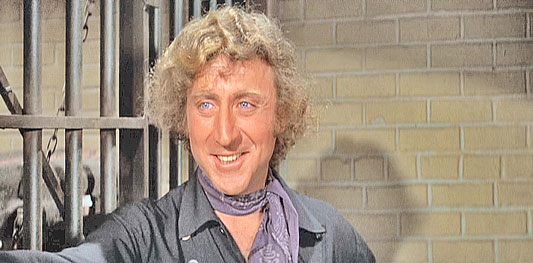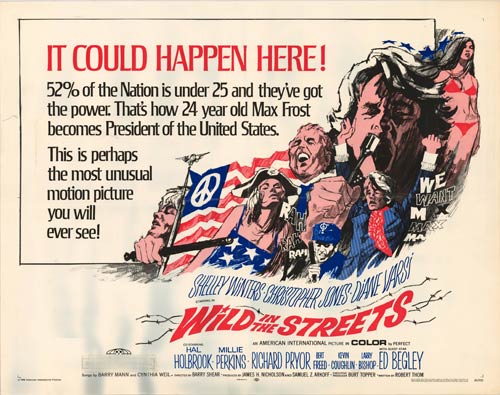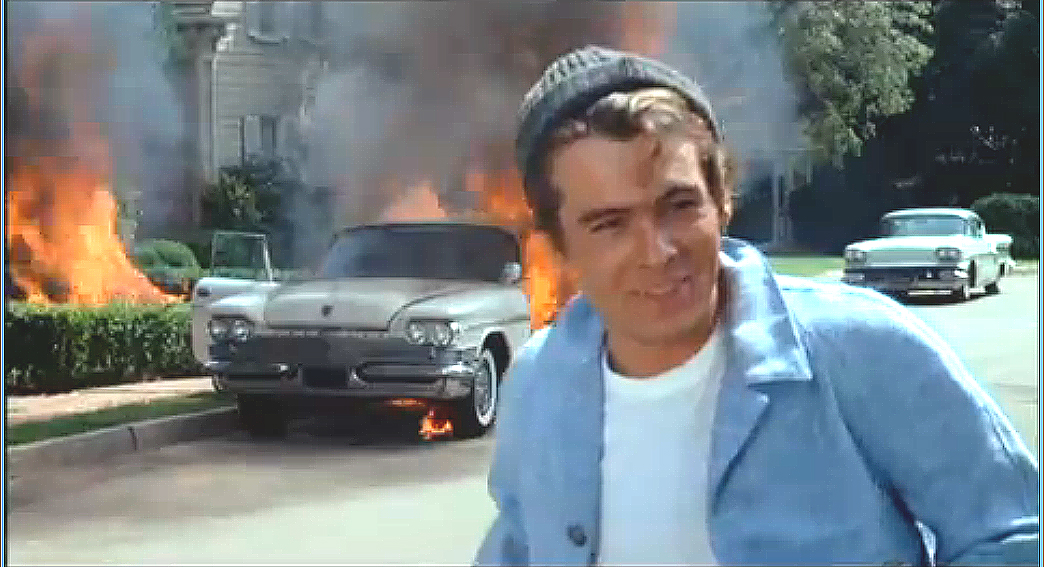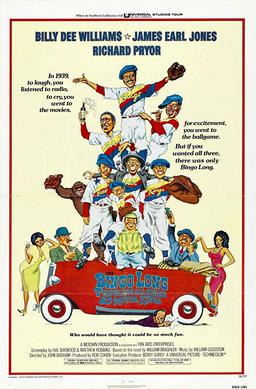
Up until 1947, Major League Baseball was segregated. Though there was no written rule barring blacks from playing on major league teams, there was an agreement among the team owners that no blacks would be signed to a major or minor league contract. Instead, starting in the 1920s, black players could only play for the teams in the Negro League. It was in the Negro Leagues that future greats like Jackie Robinson and Willie Mays got their start. Josh Gibson, who spent his entire career playing in the Negro Leagues, is believed to have hit more home runs in a season than Babe Ruth ever did. For that reason, many baseball fans believe that any MLB records set before 1947 should come with an asterisk included. How can you determine who was the best when many of the best players in the game were never allowed to compete against each other?
The Bingo Longo Traveling All-Stars & Motor Kings is a comedy that pays tribute to those players. Billy Dee Williams plays Bingo Longo, a charismatic pitcher who plays in the Negro Leagues but who, frustrated with the money that he’s earning and the owner’s callous attitude towards the players, breaks away and forms his own independent, barnstorming baseball team, the All-Stars Among the players that he recruits are catcher and power hitter Leon Carter (James Earl Jones) and Charlie Snow (Richard Pryor), who is constantly changing his name and lying about his background in an attempt to get signed to the major leagues. Bingo also steals a player named Esquire Joe (Stan Shaw) away from one of the teams that the All-Stars defeat.
Going across the country and playing other teams, the Bingo Longo Traveling All-Stars make a name for themselves as both players and showmen. Though Leon just wants to concentrate on playing the game, Bingo understands that importance of putting on a show for the people in the stands. They start out playing other independent black teams but soon, they’re even playing against amateur white teams. The games against the white teams are tense, as the All-Stars ever know how the people in the stands are going to react when the All-Stars win. The All-Stars usually do win, though. They’re the best and they’re not going to let the people watching forget it.
The Bing Longo Traveling All-Stars is a good film, especially if you’re interested in the history of baseball. It’s an episodic comedy with the emphasis on the various situations that the members of the All-Stars find themselves in as they travel from town to town but there’s also a serious subtext. The All-Stars are proving to a League that refuses to let them play that they are the best. At the same time, no matter how many games they win, the All-Stars still have to deal with living a society that treats them like second-class citizens. Even though they win on the field, they still have a hard time finding a hotel to stay at. It’s a movie that will make you laugh but it also makes you think. Billy Dee Williams is perfect in the role of Bingo Longo and James Earl Jones is the type of player that anyone would want on their team. The Bingo Longo Traveling All-Star & Motor Kings is a good film for both baseball fans and people who have never even heard of the designated hitter rule.
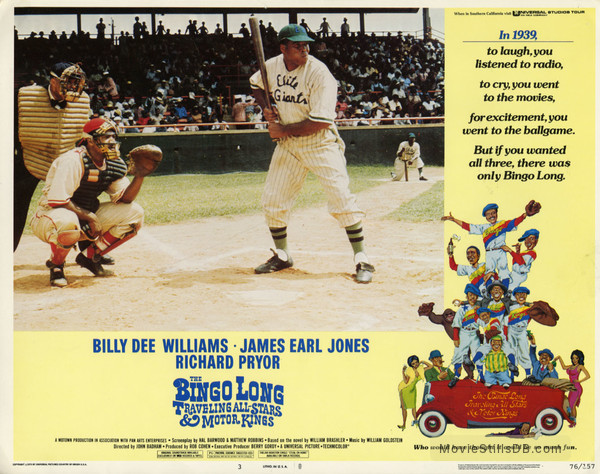
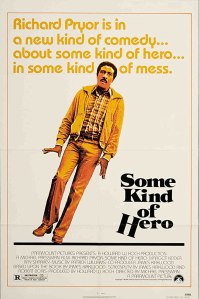
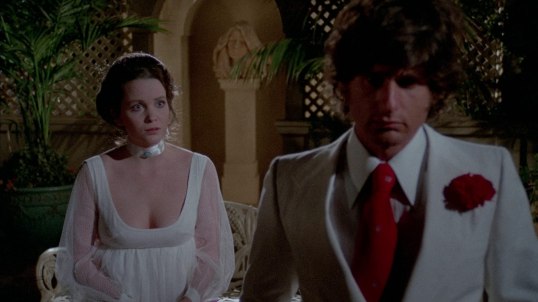
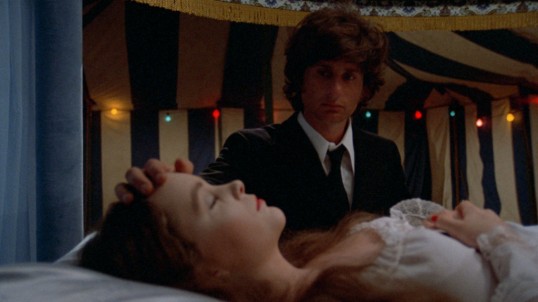
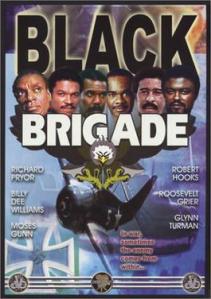
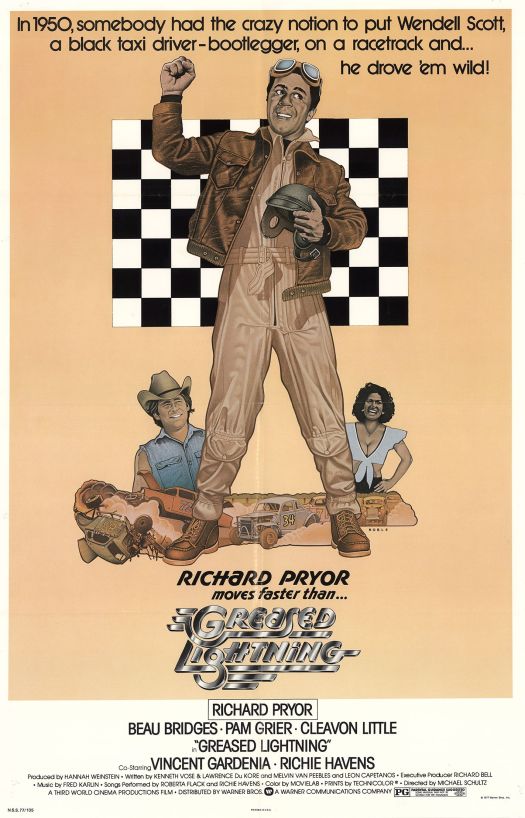
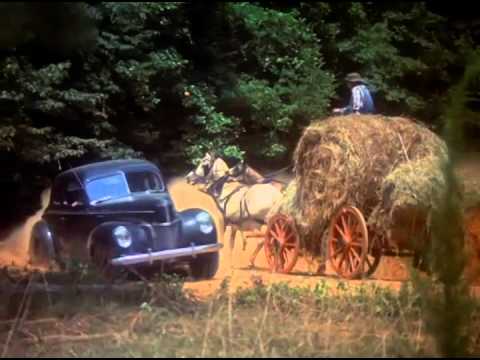


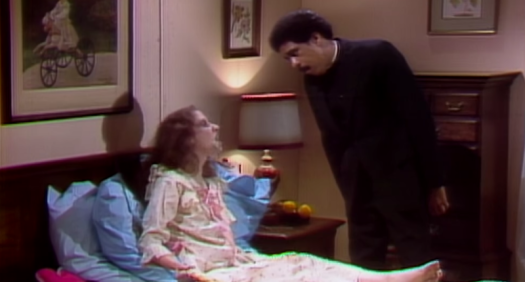
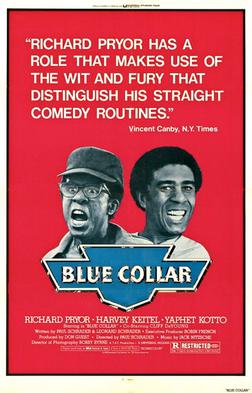 Three Detroit auto workers (played by Harvey Keitel, Yaphet Kotto, and Richard Pryor) are fed up.
Three Detroit auto workers (played by Harvey Keitel, Yaphet Kotto, and Richard Pryor) are fed up.